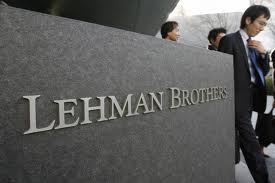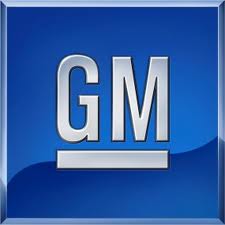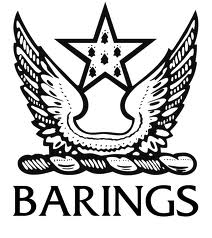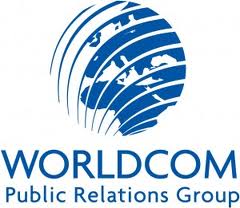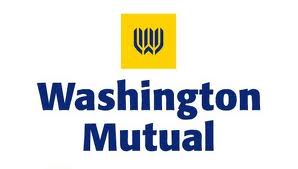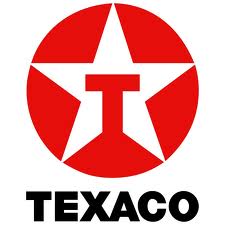Top 10 Big Companies to go Bust
Sometimes the unthinkable happens. A company which has been around forever, that employs thousands of people, goes bust. Somewhere along the way it took a wrong turn and things built up until there was no escape from the hole it was in, no matter how
big it was. Millions of little companies go bankrupt all the time, but when a big company goes bust it sends real shock waves out into the economy. We often think big companies are too big to go bust, it is not the case though. The recent financial crisis has added some even bigger names to this list. Test your maths skill by adding up all the numbers.
1. Lehman Brothers
At the top of the list of big bankruptcies has to be Lehman Brothers Inc. Lehman was an international investment bank that had borrowed huge amounts of money to fund its investments up until the sub-prime crisis hit in 2008. It was at the centre of financial services around the globe – one of the biggest cogs that maintained liquidity in the modern financial world. However, one day it ran out of money and sent shock waves around the world’s financial markets. The bankruptcy of Lehman Brothers ranks as the biggest in US history, with Lehman holding over an amazing $600 billion in assets at the time of filing. More money than some countries.
2. General Motors
Standing tall in the centre of the American car industry is General Motors. The biggest car company in the world and employer of thousands of people the world over, it was also maker of some 20% of the world’s cars. An untouchable profit machine, right? However, this wasn’t the case and it had no choice but to file for bankruptcy in 2009 with a total of $173 billion of debt. I don’t even know how many noughts that is, but I think it is a lot of money. Perhaps it really was too big to fail though, as the US government had no option but to help keep it afloat and all the families that relied on it.
3. Enron
Another famous bankruptcy was Enron. In fact it was so famous that they made a film about it. The film didn’t quite make enough money to pay back the huge debt though. Named by Fortune magazine as “America’s Most Innovative Company” for six years in a row, little did they know the truth that was being hidden from public view. The accountants truly were in fact very ‘innovative’. In 2001 revelations came out that the company’s financial condition was being hidden due to a carefully premeditated fraud – it became known simply as the “Enron scandal”. Enron’s success was all an illusion. When it went bankrupt, including loans they had guaranteed and outstanding debt, Enron was estimated to have liabilities of an astounding $23 billion.
4. Barings
Here is another one they made a film of. Barings was once the UK’s oldest and most trusted investment bank. Nick Leeson was a trader at the bank, earning huge profits for Barings through speculative and unauthorised trades from the beginning of the boom years in the 1990s. He was the golden boy of the bank. Everything came crashing down in 1995 though when the Kobe earthquake hit Japan and the Asian stock markets he had bet on went into free-fall. Leeson’s losses of $1.4 billion forced the 233 year old company into bankruptcy. This shows how one man can truly affect the lives of others.
5. WorldCom
You can always trust accountants with your money can’t you? WorldCom was among the biggest telecommunications companies in the US, growing rapidly through the 1990s. However, shareholders always demanded more. It became impossible to meet expectations and the company began to use fraudulent accounting methods to hide its rapidly fading earnings. The accountants created a false picture of continuing growth and profitability, and the value of WorldCom in the stock market continued to climb. However, the lies always unravel at some point. At the point of filing for bankruptcy in 2002, it was the largest ever filing in US history.
6. Washington Mutual
Sub-prime claimed another victim in Washington Mutual. It was the holding company for Washington Mutual Bank until its collapse at the height of the crisis in 2008. Customers had withdrawn $16.4 billion in deposits during a 10 day run on the bank, leading to it being put into the receivership of the FDIC in September of that year. It had a little more than me in assets the last time I checked, around about $330 billion at the time.
7. Texaco
Considering the price of oil and the wealth created by it, you would consider it pretty hard for any company involved with oil to go bankrupt. However, a huge litigation case with Pennzoil forced Texaco into bankruptcy protection. In 1987 Texaco spent much of the year under chapter 11 protection whilst the lawsuit continued and due to this it finished the year in the red to the tune of a massive $4.4 billion. In the end, rather than appeal the decision through the Supreme Court, Texaco agreed to pay $3 billion to Pennzoil, leading to the opportunity to put the business back on the up.
8. Delta Airlines
Delta Air Lines was the world’s largest airline in terms of both passenger numbers and the number of aircraft in 2005. Big isn’t always better though. In September of that year, it was forced to file for bankruptcy. The myth that the airline industry was invincible was destroyed. The reasons behind its troubles were the ever rising fuel prices and the increasing labour costs it faced. Delta was held for $20.5 billion of debt at the time of filing for bankruptcy. A new generation of budget airlines emerged around this time to take advantage of the new market that was emerging in the skies – customer service became a thing of the past.
9. CIT Group
Founded in 1908, CIT Group was a large American finance company. Its long history counted for nothing though when the financial crisis forced it into bankruptcy in 2009. It was a key part of the livelihoods of many companies in the US, lending to millions of small businesses throughout the states and also doing business with 80% of Fortune 1000 companies. It had spent the last few years like many other financial companies, borrowing money to leverage its investments. It was a symbol of the get rich culture of modern finance however, it was left shipwrecked when liquidity dried up though after the collapse of Lehmen Brothers.
10. Borders Group
Borders Group was regarded as a killer of local bookshops as it rapidly expanded throughout the US, prior to the turn of the century – becoming the second largest book retailer in the US along the way. It was therefore ironic that it in turn found itself being killed off by the growth of the internet. The hunter became the hunted. Unable to compete in the changing world, it had no choice but to file for bankruptcy in 2011.
Categories: Everything Else
Sorry, comments are closed for this item.

